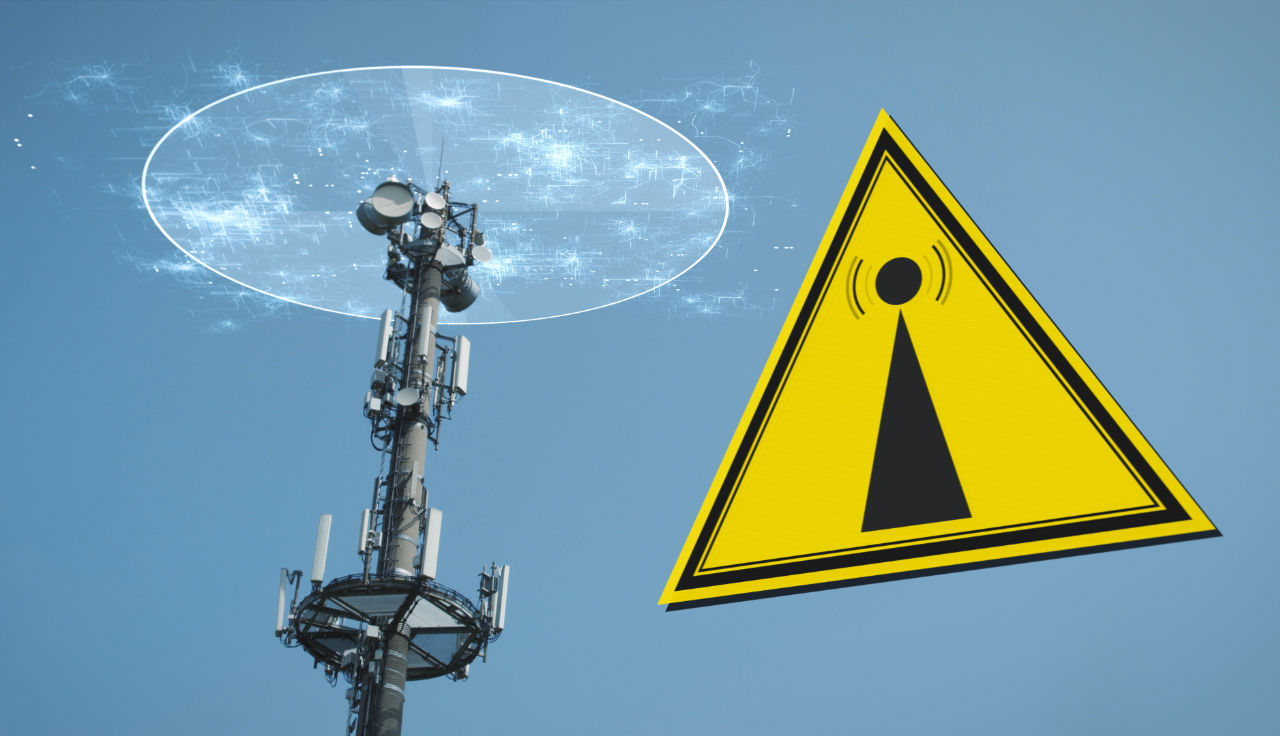
Electromagnetic fields (EMFs) can be a potential health risk for employees who work in industries with a greater risk of exposure, such as telecommunications. Employers in these industries need to understand the importance of EMF safety awareness and the steps they can take to protect employees and others, and comply with regulations on EMF exposure limits.
EMFs can be a challenging health hazard to assess as identifying the source of an EMF field can be difficult. EMFs exist in almost every organisation, and many types of equipment can be a source of potentially harmful levels of EMFs. Employees may be unaware of how to adhere to EMF safety regulations, know how to spot potential sources of EMFs or what appropriate action to take in case of exposure.
Employers are responsible for giving employees, contractors and others the appropriate level of information and training to ensure health risks are minimised.
All employees who are regularly exposed to EMFs and RFs (radio frequencies) as part of their duties must undergo EMF and RF awareness training. Our EMF and RF Awareness training course help ensure employees can work safely around EMF and RF-producing equipment.
What does EMF stand for?
EMF stands for electromagnetic field. EMFs exist in almost every workplace. The Health and Safety Executive (HSE) says that EMFs can take various forms such as static electric, static magnetic, time-varying electric, magnetic and electromagnetic fields. These fields can have frequencies of up to 300GHz.
According to the World Health Organization, EMFs come from two different sources:
- Natural sources of EMFs – the environment can generate natural EMFs. These can be caused by the Earth’s magnetic field and electric charges that create thunderstorms.
- Human-made sources of EMFs – these EMFs are ones we are exposed to daily or regular basis. They are generated by regularly used electronics such as electric wiring, mobile phones, power tools, display screens, along with TV antennas and X-rays in hospitals.
It’s nearly impossible to avoid contact with EMFs throughout your day but in most scenarios, EMF exposure is minor and presents little danger to human health.
However, for some industries such as healthcare, telecommunications and transport, the intensity of EMFs can be higher and potentially exceed Exposure Limit Values (ELVs), which are designed to protect people from harmful effects of EMFs.
EMFs are typically measured in hertz. Measurements include kilohertz, megahertz, gigahertz and terahertz.
What are the dangers of EMFs?
The health risk of EMFs depends on the intensity of the field, and the frequency range a person is exposed to.
HSE provides information on the different effects of EMF exposure based on the frequency range and intensity of EMFs:
- 0 -1 Hz static fields – effects vary from being injured by objects attracted to magnets that come into physical contact with a person, nausea and vertigo, a metallic taste in the mouth and micro shocks. These can be caused by equipment such as MRI scanners.
- 1 Hz – 10 MHz low electric/magnetic fields – effects can be caused by equipment such as high power voltage lines, producing and distributing electricity, and AM radios. Nausea and vertigo are also side effects in this field, along with possible nerve stimulation, such as body tingling and muscle contractions.
- 100 kHz – 10MHz intermediate field – equipment that causes adverse effects here are anti-theft devices and broadcasting systems/devices.
- 100 kHz – 300 GHz high-frequency field – can be caused by diathermy, radar and radio transmitters. The effects range from thermal stress to a potential rise in core body temperature.
Sectors most at risk from EMFs
There are some industries and sectors where exposure to higher intensity EMFs is more commonplace, including:
- Healthcare
- Transport
- Telecommunications
- Engineering
- Broadcasting
- Energy distribution
Exposure to high-intensity EMFs in these industries may be more likely due to the nature of employees’ work. It potentially involves using equipment that generates intense electrical charges and higher EMFs.
Organisations should have action plans ready for implementation if the intensity of EMF exposure exceeds ELV levels and to increase awareness of EMF and its danger to the health of employees, contractors and others who may be exposed to excessive levels.
EMF laws and regulations
The primary UK legislation for EMFs is The Control of Electromagnetic Fields at Work Regulations 2016 (CEMFAW). EMF regulations are considered part of broader workplace health and safety laws, so employers must adhere to their responsibilities outlined under the Management of Health and Safety at Work Regulations 1999.
Most employers will not need to take action to monitor the risks of EMF in their organisation, but employers in higher-risk sectors should assess their EMF standards. Under the CEMFAW regulations, employers are expected to:
- Assess the levels of EMF within their organisation that employees could be exposed to during the course of their duties.
- Ensure EMF exposure does not exceed ELVs.
- Provide information and training on EMF and how employees can adhere to CEMFAW regulations.
- Implement suitable action plans as needed.
- Complete risk assessments that take into account Action Levels (ALs) and ELVs, whether there are multiple sources of exposure and any effects on employees who are considered at particular risk.
Is there training available on EMFs?
We offer an in-depth training course on EMF and RF safety awareness. We help employers meet legal responsibilities and ensure they have the required training in EMF safety awareness.
The course is designed for managers and employees seeking to improve their EMF awareness and follow legal guidelines. It has been developed by health and safety experts who have advanced knowledge and experience in EMF training.
All employees who are regularly exposed to EMFs and RFs as part of their duties must undergo EMF and RF awareness training. Our EMF and RF Online Awareness training course help ensure employees can work safely around EMF and RF-producing equipment.

Adam Clarke
Managing Director (Consulting)
